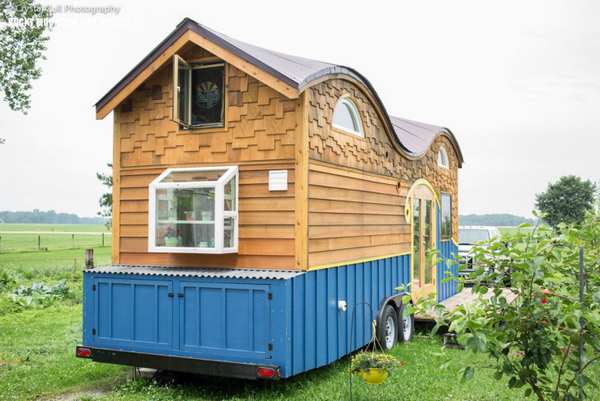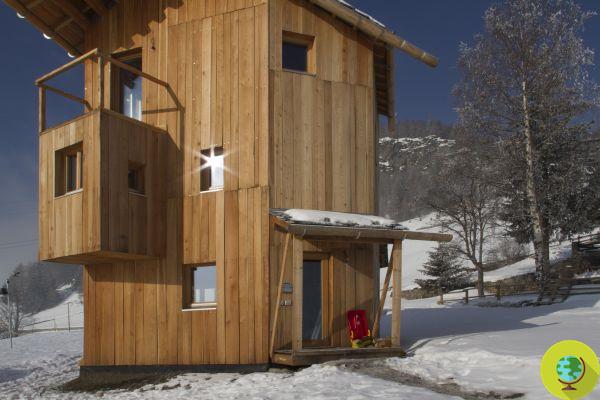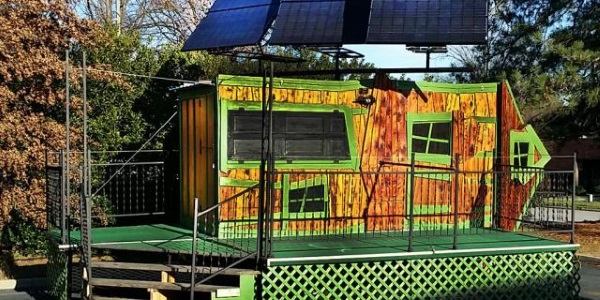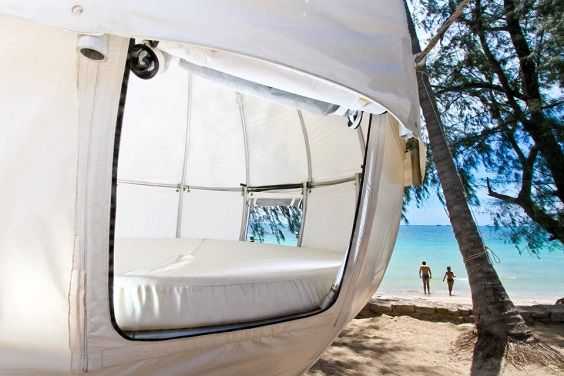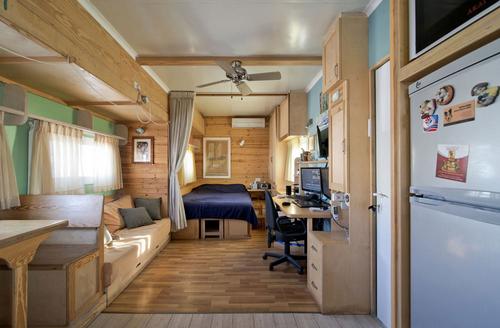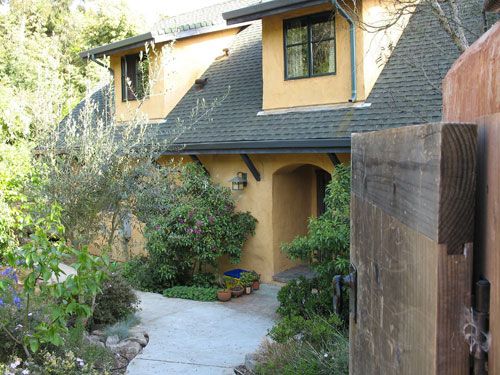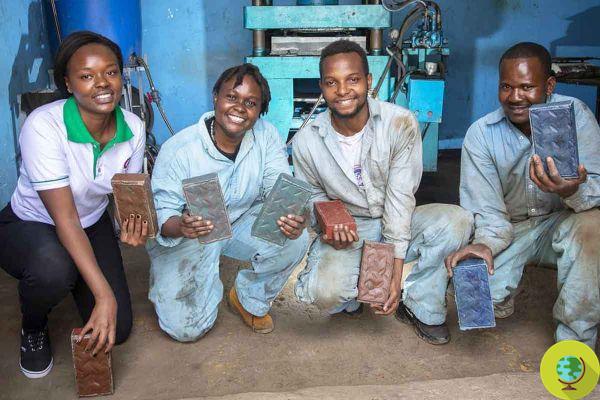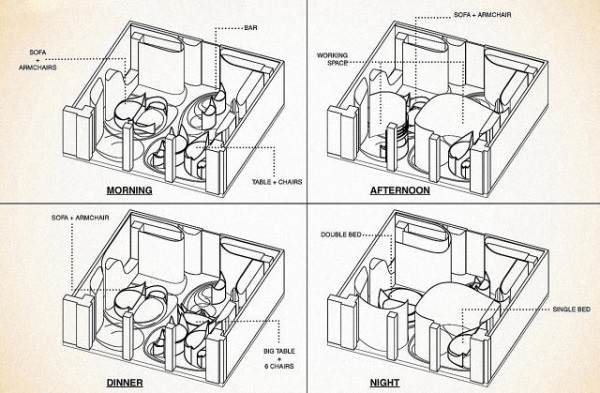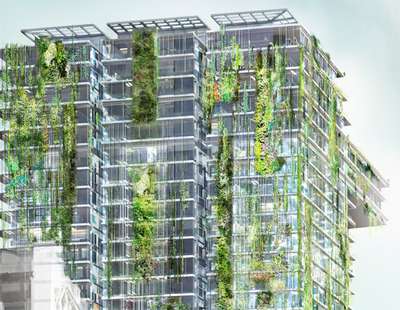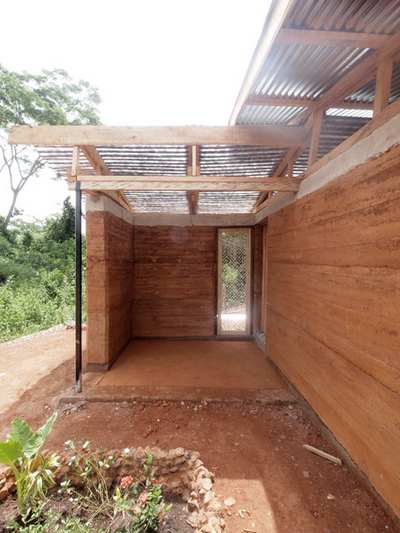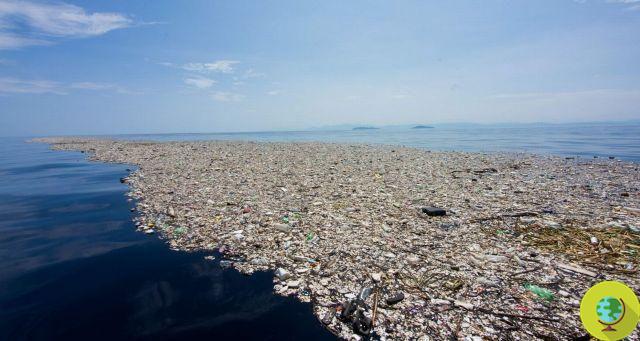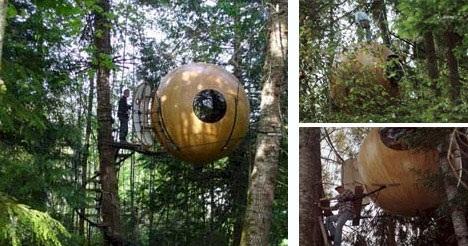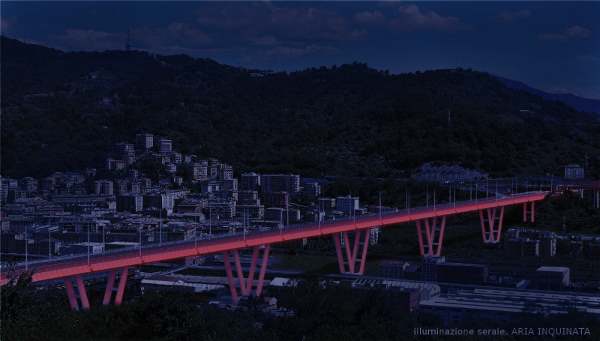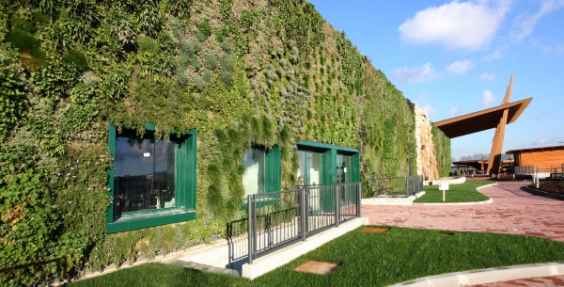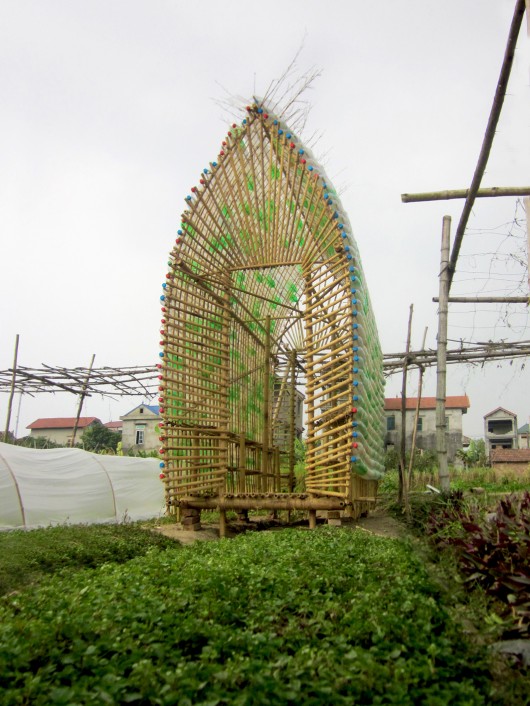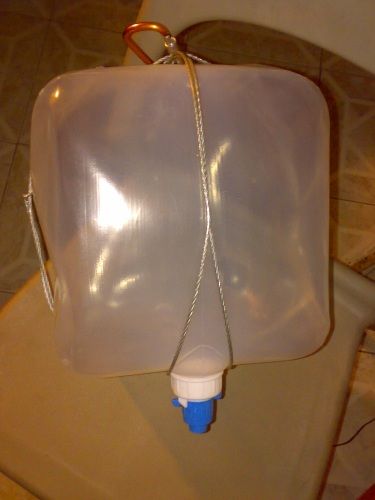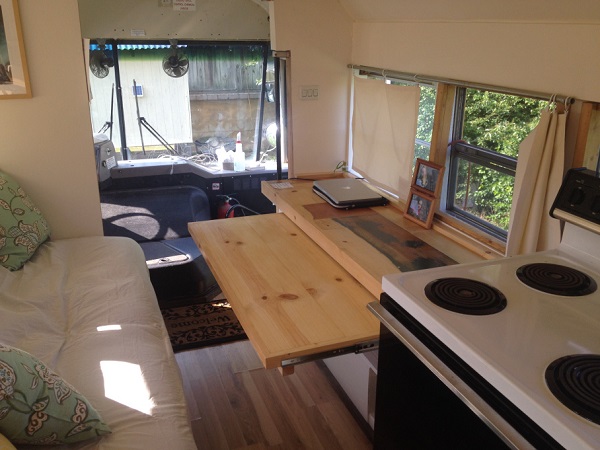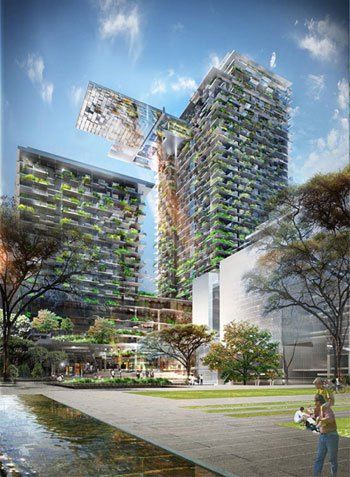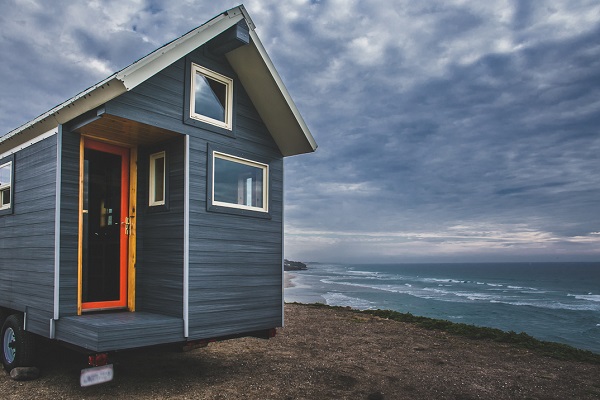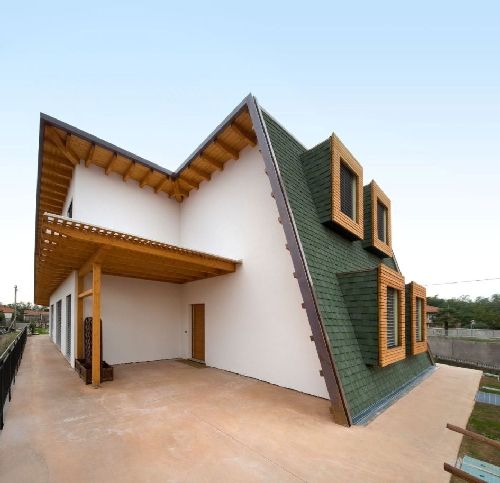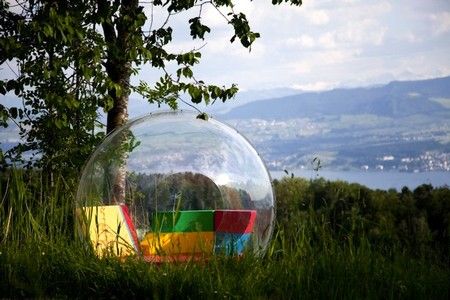The wooden constructions in recent years have seen a great development. This technology, already widespread and appreciated in the northern areas of our country, is emerging and affirming even in regions with more temperate climates. This appreciation is justifiable for the intrinsic and extrinsic characteristics of the key material of these constructions: wood.
He is about to end up run over, his mother saves him
The wooden constructions in recent years they have experienced a great development. This technology, already widespread and appreciated in the northern areas of our country, is emerging and affirming even in regions with more temperate climates. This appreciation is justifiable for the intrinsic and extrinsic characteristics of the key material of these constructions: wood.
In fact, wooden buildings have a high added value as they are very energy efficient and, because they use exclusively natural materials, become strengths for the new discipline of bioarchitecture and / orsustainable architecture.
The basic principle of these disciplines is thecareful observation of the surrounding environment to make the best use of local resources. For this reason, a house built in Bolzano can never be the same in conformation, morphology and technical characteristics as one built in Rome or even more so in Palermo. There Griffner, a leading company in the production of prefabricated wooden houses, has this concept very clear; in fact, it has developed a line oriented towards these geographic areas.
The Mediterranean house it will have to defend itself from the sun, unlike one mountain house that must capture the sun. Therefore he will definitely have to have one less glass surface to reduce the greenhouse effect that would be created inside. For this reason the house will be conformed by porches, lobbies, and patios, all architectural elements capable of creating shadows on the building, allowing the use of the underlying spaces outdoors in the summer and very hot periods of the southern regions.
I colors of the external finishes and also some finishes will be very clear, in order to have more power reflective of solar radiation. Characteristics all present in the Griffner production called "Design Box". Other technical elements that make up a Mediterranean home are the classics brise-soleil or sunshades, fixed and adjustable slats that break the incidence of summer sun rays, creating shaded areas near the windows and large windows on the façade, thus avoiding an increase in temperature inside.
Another very important element is the natural ventilation inside. Proper ventilation, designed by studying the direction of the cool summer winds, can guarantee good cooling of the rooms and surfaces of the house, obtaining better indoor comfort in the summer season. For this reason a good r must be calibratedcontribution between the windows of the leeward walls and those positioned upwind.
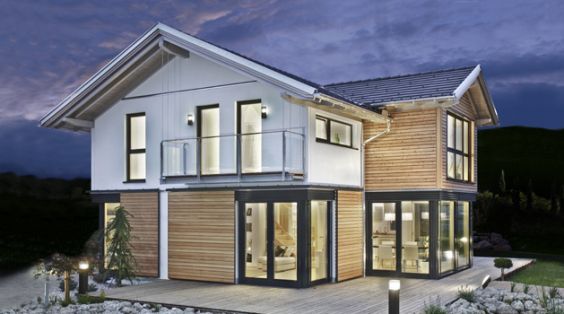
Another fundamental element to consider in the design phase is the percentage of internal humidity; today there are systems that tend to regulate indoor humidity, creating a optimal microclimate. They are micro nozzles that spray nebulized water, making the air less dry and facilitating, towards the inside, the conveyance of high valence air for passive summer cooling.
From these considerations it can therefore be concluded that the design problems, for one Energy efficient house in Mediterranean climates, are completely different from those for the classic wooden house that the vast majority imagine.
The plant component it is also different between the two types.
The Mediterranean house will obviously have one greater implementation of solar technologies: photovoltaic panels for the production of electricity e solar panels for the production of hot water to be used for sanitary ware and for the plant radiant panel heating, positioned under the floor. THE'radiant panel system it can also be used to cool the interior of homes in the summer. The pipes will pass cold water, or rather relatively cold water, capable of cooling the rooms. You can use a heat pump associated with a geothermal pump which, by fishing in the ground below where the temperature is 10 ° C all year round, cools the water contained in the pipes, through an exchanger system.
Il solar cooling it is still an uncommon technique that allows get fresh for the summer seasons, from solar collectors. From refrigeration machines powered by hot water and steam, chilled water is produced !! The mountain house, in contrast, will have a fireplace stove, level a pellets etc.
The durability and reliability of Prefabricated wooden houses are identical to those of houses built using traditional methods. For the construction they need the same authorizations, having to respect all the laws and technical standards currently in force for traditional constructions, but construction times are significantly shorter. A casa Griffener the third supply is built, for example, in 3 ÷ 4 months.
In cases of technical standards aimed at energy saving and the use of renewables and principles of bio-architecture, prefabricated wooden buildings have higher standards.
The energy class
La energy classification it is introduced by taking the experience of other European countries which, in fighting the cold Nordic climates, are always ahead in tackling environmental and energy saving problems. The energy classification establishes seven classes of merit identified with the first letters of the alphabet which, starting from the letter A, the most virtuous class, classify the thermal behavior of a home and / or a building both new and object of renovation.
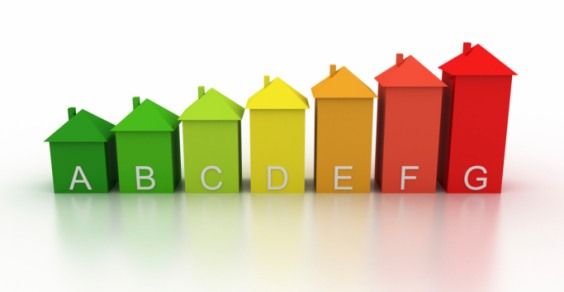
The parameters of the energy classification, expressed in kWh / mXNUMX per year, are referring only to winter heating items and production of DHW. Obviously, having very cold winters, the thermal jump that a boiler must make to maintain a constant temperature inside the apartment is greater, if there are temperatures below zero outside, with a large expenditure of energy.
It is different for our southern regions, where winter temperatures can be at most close to zero, for short periods, while hot summers mean that the spasmodic use of traditional air conditioning systems affect the energy behavior of the building. Furthermore, if the use of high-performance triple-glazed walls and windows are indispensable in those Nordic countries, in our latitudes it could be excessive, leading only to an increase in the cost of the house.
A serious design, with great attention to the environment, is not unique, but it must be calibrated and placed in the context in which the building will be built.
Returning to certification for a Mediterranean home, it will seem strange, but to be efficient, it does not necessarily have to be of class A + because in this value (<15 kWh / sq m year) there is no energy component for the cooling. Considering the overall balance, summer-winter, the initial classification would be compromised. It can easily have a class B efficiency without compromising anything, indeed it is to be considered an excellent result. Obviously this problem will be overcome in our country because a series of rules that provide for summer air conditioning, such as UNI TS 11300. However, in the start-up phase, for the purposes of building certification, only the primary energy performance indices are considered for winter air conditioning and for the preparation of hot water for hygienic and sanitary uses. The standard establishes a side classification for summer air conditioning, also based on consumption in kWh / mXNUMX per year, identifying a performance quality on a scale that goes from class I (excellent) to class V (bad).
In a good conscious design, the cost / benefit analysis has a relevant position that conditions the design choices. These performance differences, between the mountain and the Mediterranean house, are obtained with the same materials and techniques.
The materials
Il insulating material it consists of cellulose fiber obtained from recycling of newspapers impregnated with boron salts to avoid the formation of molds and microorganisms inside. There will be good ventilation under the first floor, thus avoiding the formation of rising damp. The wiring of the plant components travels all concealed within a technical thickness of about 5 cm, placed in the intrados of the walls. This technology is not only used for isolated houses on two floors but also for more substantial interventions, such as residential buildings, nurseries, schools, offices, house extensions, everything that needs to be built of medium size. The supporting structure consists of a wooden trellis covered with several layers of wood fiber and insulated with cellulose which confers solidity and insulation. The standard thickness is 35,5 cm. The fixtures are all made of wood and have a weatherproof and easy-to-clean aluminum shell on the outside. The materials used are all certified by quality marks.
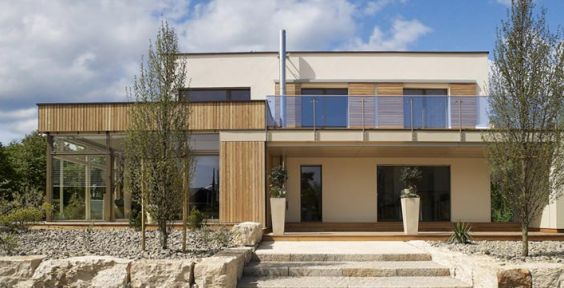
Redevelopment of the building
Obviously the bioarchitecture also intervenes in the built and in the pre-existing, with interventions by retraining, using a lot of i insulating materials described above. We do not notice but, our homes, even the most modern, have a strong thermal dispersion, just think that they range between classes E and G. To set out some statistical data, a traditional house has an operating cost, on average, of 2400,00 euros / year. This figure includes costs for heating, production of domestic hot water, summer air conditioning, gas, electricity. An ecological or high energy efficiency house, on the other hand, has a management cost of 650,00 euros / year and if there are energy production technologies from renewable sources, there is even a gain of around 1650,00 euros / year. (source Casa Ecologica).
To give a small example, we can link the concept of home to that of the car. If we have to buy a machine, in addition to evaluating its aesthetic aspect, we also and above all observe consumption, options, annual devaluation, etc. If we grind many kilometers a year we prefer to buy it Diesel, or rather a LPG and methane, because even if they cost a little more, we know that they consume less and are also less polluting.
The question then arises spontaneously: Why when we buy a house, we don't care about how much it consumes in energy and therefore also economic terms? Yet the average life of a car is 5/10 years, while that of an apartment is many decades !!! So let's meditate ……. Let's meditate!
Arch. Gianfrancesco Aliano - AGA Studio




